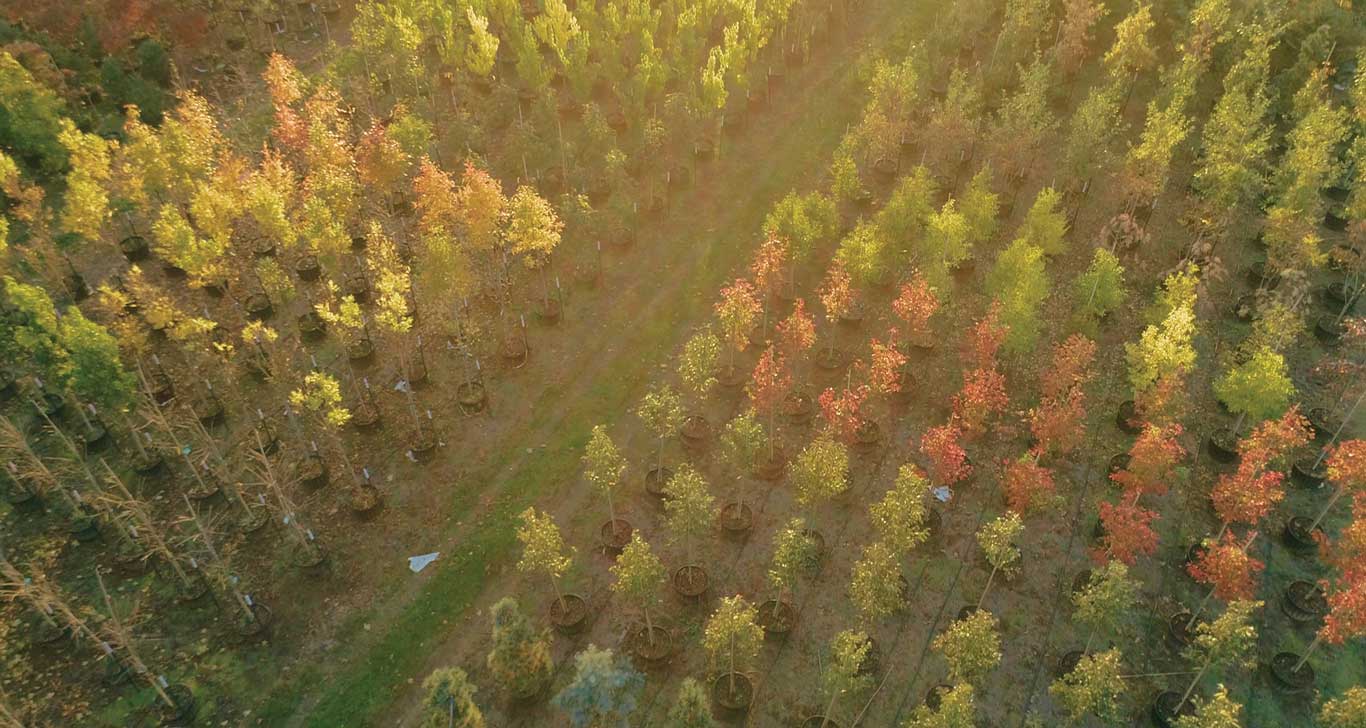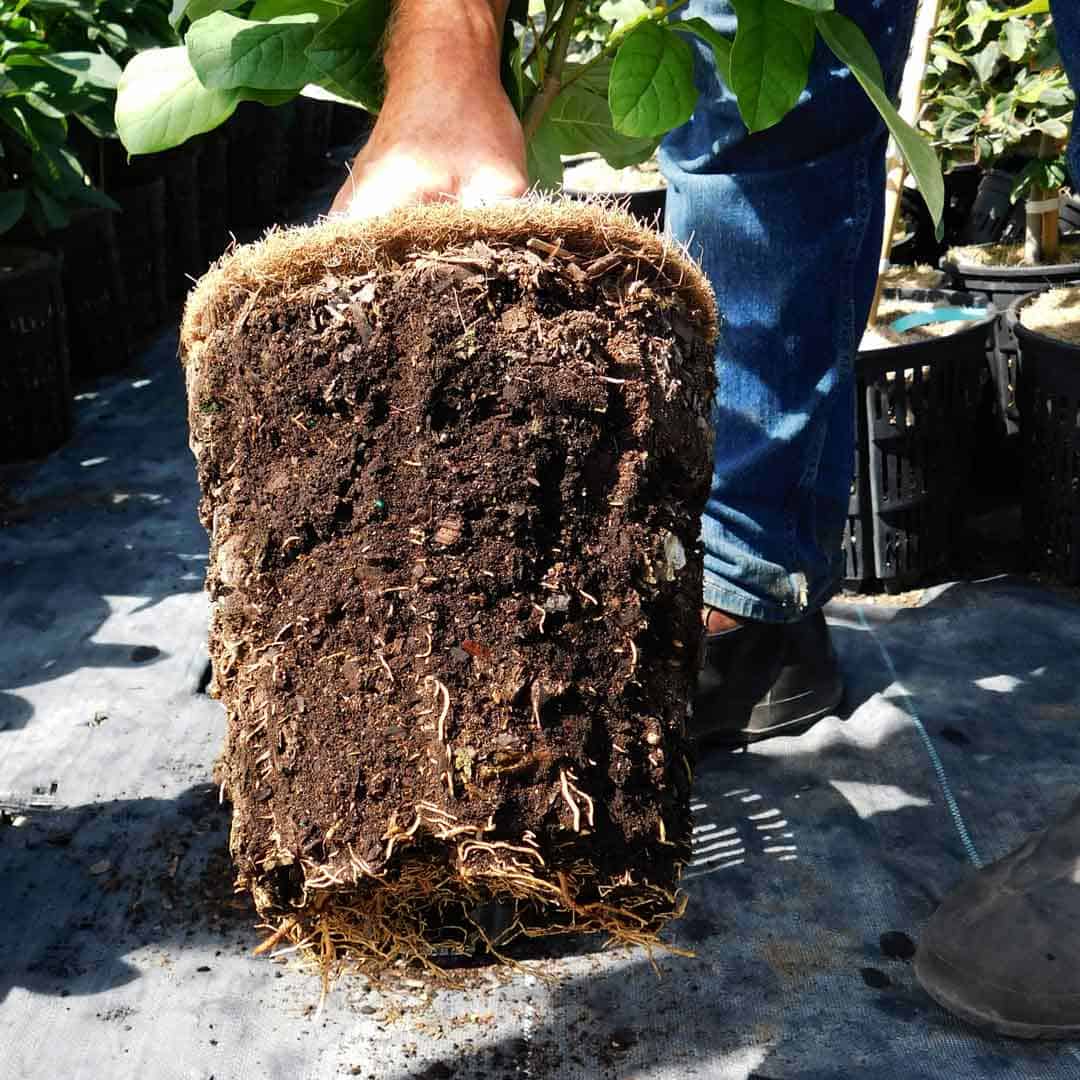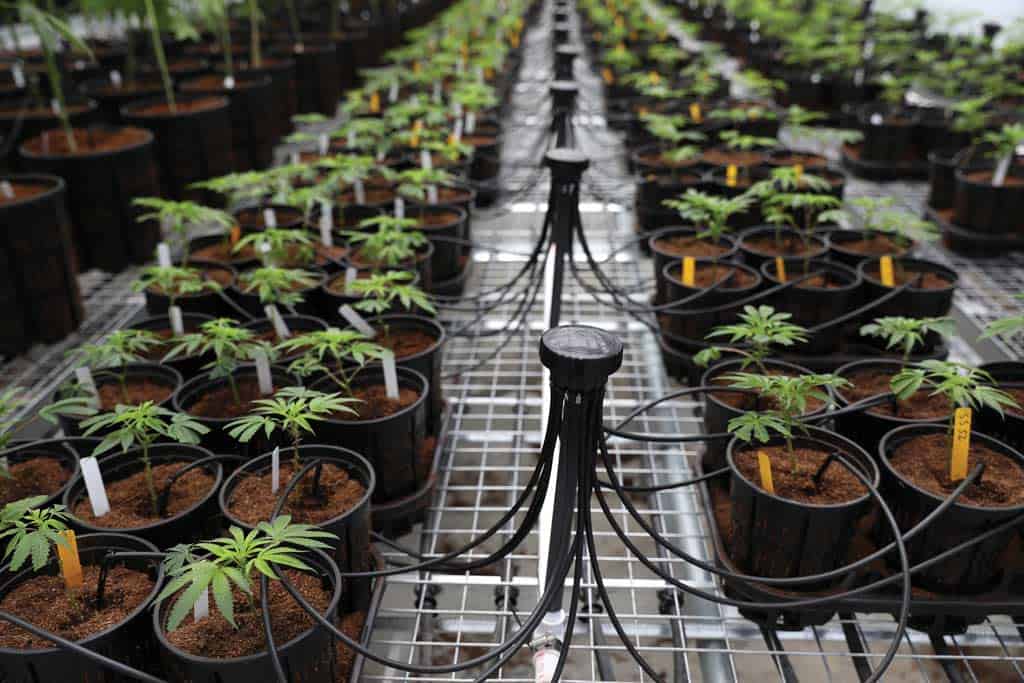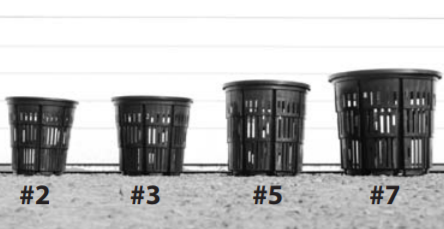Things To Consider When Using RediRoot


Article by: RediRoot Staff
The presence of slats on the sides of a container designed to grow plants does raise questions at first (see our FAQ’s) so we thought we would address some of the most common considerations for growers who are trying to decide if RediRoot would be a good fit for them. Let’s jump in-
What type of growing media would I use in a RediRoot container?

If you already have a mix that you use and love, try it with RediRoot, most (including coir) will lose a little additional soil during the first few waterings and then regulate. If you are using a fine mix you may need to adapt it slightly or use a RediRoot liner.
How will RediRoot change my watering schedule?
Honestly, we have some customers who say they do not have to change a thing and that is fantastic, we love it when the transition to using RediRoot is so seamless. That being said, RediRoot is designed to grow dense fibrous roots. Those fibrous roots are where a plant takes in the water and nutrients required to grow. Between increased root mass and the slats in RediRoot, you may benefit from adjusting your watering schedule. At the end of the day, you really just watch the plants and respond to them just like you would in any container.
For the Home Gardener: I find RediRoot easy to incorporate into my gardening. I check on my plants daily, a practice I had established long before I ever used RediRoot. You may water them slightly more than the plants growing in the ground or in a solid wall container but not much, perhaps 1-3 extra waterings a week. If you are already checking in with your plants daily you really shouldn’t need to change anything significantly for our fabric or plastic containers.
Where I do notice an increase in watering frequency is when I use RediRoot propagation to start my vegetables and herbs. With the propagation, I usually water in the morning and evening but on an especially hot day or windy day, young plants in the propagation trays may benefit from an additional watering. Another trick I use if I know it might be a while until I can water again is to put plants into a kid-size pool filled with an inch or two of water (enough to reach the bottom slats on a RediRoot container) this has worked well for me and the plants seem to enjoy the easy access to water.

Will temperatures impact my plants more in a RediRoot container?
Honestly, for the most part, there is not a lot of difference to how plants respond to temperature in a RediRoot container versus how they respond in a traditional solid wall container. In high temperatures, RediRoot can be a benefit over a traditional black solid wall container because the slats allow for airflow, helping to prevent high root zone temperatures. In cold temperatures, you will want to find a way to insulate or reduce the impact of the cold on your plant’s roots.
For the home gardener: Hot or cold, we suggest you watch your RediRoot plants in the same way as you do with all of your containers. When it is hot be prepared to give them an extra drink if they look a bit dry. In the cold, you can use a variety of methods to help protect your plants. Consider mulch or depending on how cold it gets in your area you can simply bring the container close to your home where temperatures tend to be slightly warmer. You can also try heeling them in, which is a process of protecting the plants by covering the root zone with some type of media such as dirt, sawdust, or bark to help them maintain temperature through the winter- in the spring you remove the media and put the plants where you want them.
For the commercial cultivator: Whatever systems you currently have in place to manage temperature should be compatible with RediRoot. If you have specific concerns then you can always feel free to reach out to our team, we would be happy to help.
What size container should I use?

For the home gardener: I would suggest purchasing a RediRoot container in the same size that you would have chosen for a solid wall container. That way you can rest assured it will work for your needs. Over time as you watch how the plant is growing you can look forward to an increased period between transplants and you can truly see how it compares to what you are familiar with.
For the commercial cultivator: RediRoot can often help you increase the number of plants you are able to grow in your available space. By maximizing your space you increase efficiency as well as plant production. Our cultivation specialists are excellent at understanding how to use RediRoot in a way that helps you get the most out of your space and from RediRoot.
